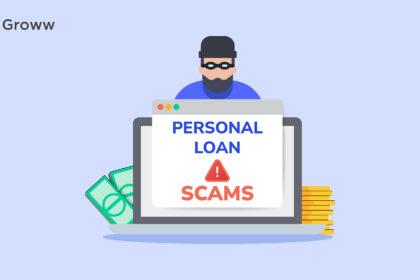Student loans are now the second largest source of debt in the United States, after mortgages. They are also an endless source of stress for borrowers trying to eliminate them. The good news is that there are several solutions that can help borrowers pay off student loans more effectively. In fact, a study by the Government Accountability Office (GAO) found that roughly half of federal student loan borrowers overpay . You just need to figure out how to get out of student loan debt effectively, given your budget and personal credit situation.Is Strategic Private Student Loan Default For Debt Settlement A Good Strategy? Click Strategic default private student loans for more information.
The solutions below explain how to get rid of student loan debt more effectively. There are solutions that help reduce monthly payments to fit your budget and qualify for federal loan forgiveness. At the other end of the spectrum, there are also solutions that speed up repayment, so you can get out of debt faster, while minimizing total interest.
General Information on Getting Out of Student Loan Debt
What factors determine eligibility for the different solutions?
The options you choose to get out of debt start by focusing on the outcome you want to achieve:
Do you need lower monthly payments that work better for your budget?
Do you want to pay off your loans quickly, which also helps reduce the total interest charges applied to your debt?
Those are basically the two options you have. Lower payments generally mean that the term (duration) of your loans will be extended. You will remain in debt longer, but your payments will be more affordable, month after month. On the contrary, if you opt for a faster payment, the monthly payments will be higher. However, since there are fewer months to apply interest charges, you would reduce the total cost.
Beyond your removal goals, there are a few other factors that determine which solutions to choose:
The types of loans you have: federal or private
The status of your loans (for example, if they are in default – default )
The level of personal income and budget
Credit score
Your job
It is important to note that federal repayment solutions only apply to federal loans. You cannot use a federal payment plan for your private debt. You can use private loan solutions for federal loans. However, this is generally not recommended as it turns those loans into private debt.
Employment only matters when it comes to federal student loan forgiveness programs. In most cases, you must be employed in some type of public service profession to qualify.
The Best Student Loan Repayment Plan If You Have Limited Cash
If you have federal loans and a limited budget, then the best solutions are hardship-based repayment plans. These plans establish monthly payments as a percentage of your Adjusted Gross Income ( AGI ). They also take into account the size of your family. So the lower your income and the more dependents you have, the less you will have to pay.
The cheapest plan is Pay According to What You Earn ( PayE ). For the average borrower, monthly payments usually equal about 10% of their income. However, if you live below the federal poverty line for your state, your payments may drop to zero. You are even credited for making “qualifying payments” during your hardship period. Payments only increase if you improve your situation. So if you are facing extreme hardship, Pay as You Earn is the way to go.
There are also two other programs that work on a difficulty-based system:
Income-based amortization ( IBR ) generally sets your monthly payments at around 15% of your AGI .
The contingent income payment ( ICR ) generally establishes monthly payments on the order of 20% of your AGI .
Also, keep in mind that you must enroll in one of these hardship-based programs if you want to qualify for federal loan forgiveness.
How to pay off student loans quickly and minimize total costs
There are two federal repayment plans that allow you to pay off your loans faster. They are the standard payment plan and the gradual payment plan. The standard refund is the one you will be automatically enrolled in, in the event that you do not choose another plan. You stop the payment and set it to fixed payments based on your total debt. The term is 10 years.
Gradual amortization starts with slightly lower than standard payments. But they increase by 7% every two years. So, at the end of your payback period, the payments can be higher than standard. This option starts out low to match entry-level salaries, and then grows as you progress through your career.
In both cases, this minimizes interest charges compared to hardship-based programs. Those options generally have terms of 20-30 years. So, by paying off your loans faster, there are fewer months to apply interest charges. However, these payment plans do not help you qualify for lower interest rates. The rate will always be a weighted average of your original loans.
The only way to lower the interest rates applied to student loans would be to use private consolidation. This would allow you to qualify for a lower rate based on your credit score. However, keep in mind that federal loans have relatively low rates compared to private loans. Therefore, only borrowers with excellent credit would be able to beat federal rates.
If you have excellent credit, you can decide to consolidate all your federal and private loans together. In this case, look for a shorter term that offers monthly payments that you can afford. This will allow you to get out of debt faster while minimizing interest charges.





